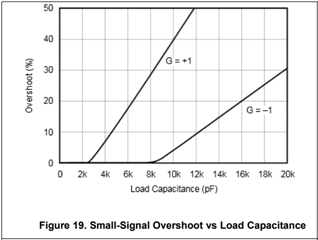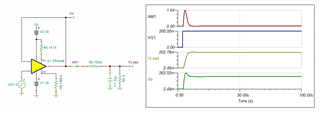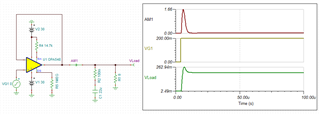Dear product line
one issue need consult here. my customer want to design a adjustable negative LDO in range -0.8V~-8.5V with ~2A. there is no LDO could output low -0.8V. so my idea is to use TI power amplifier to meet customer requirements such as OPA548 or similiar parts. but my concern is the amplifier may potential unstable if the load capacitor larger than specific value. as you know there may have lots of capacitor for buffer in power line. could you please suggest maximum cpacitor that OPA548 supporting? Could customer series a resistor in feedbackloop for stable under large capacitor load? thanks.
regards,
Bill




